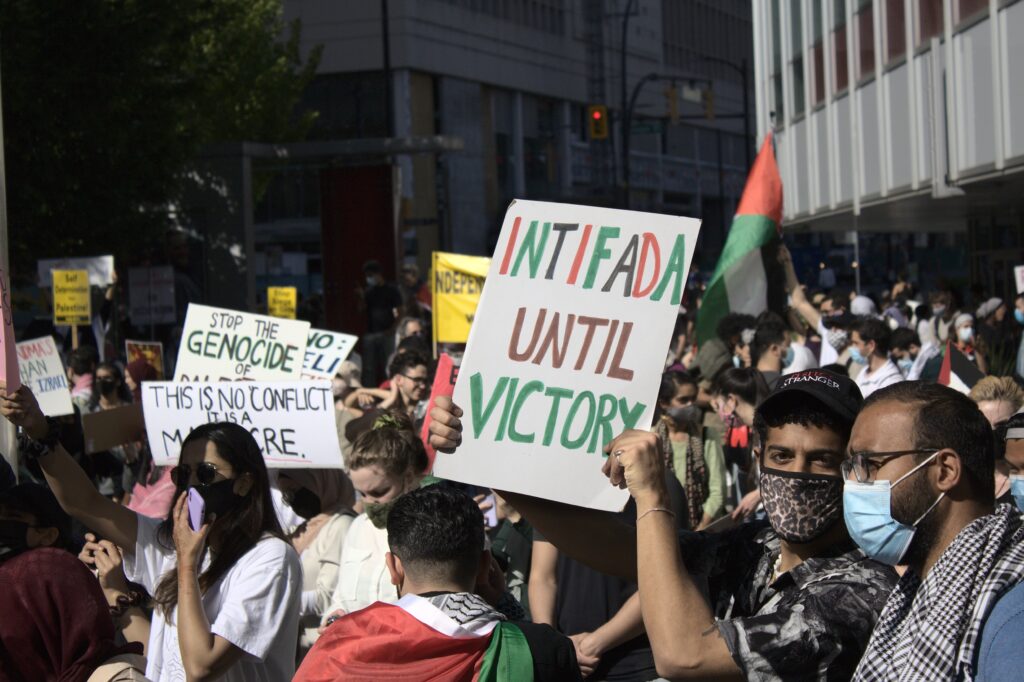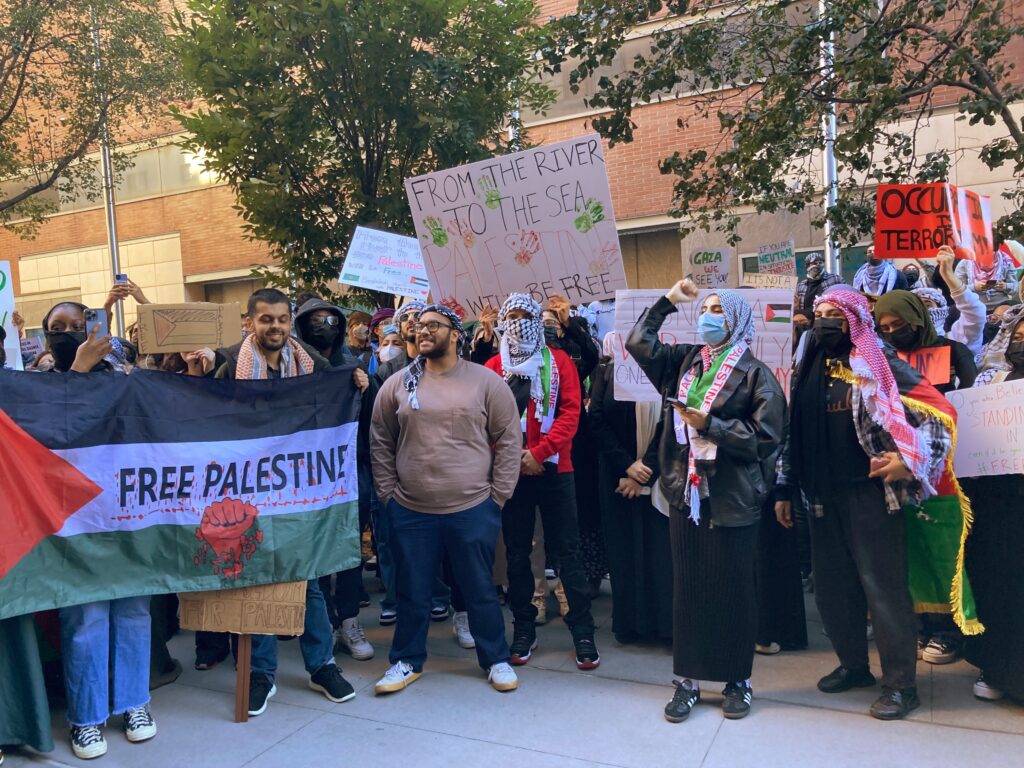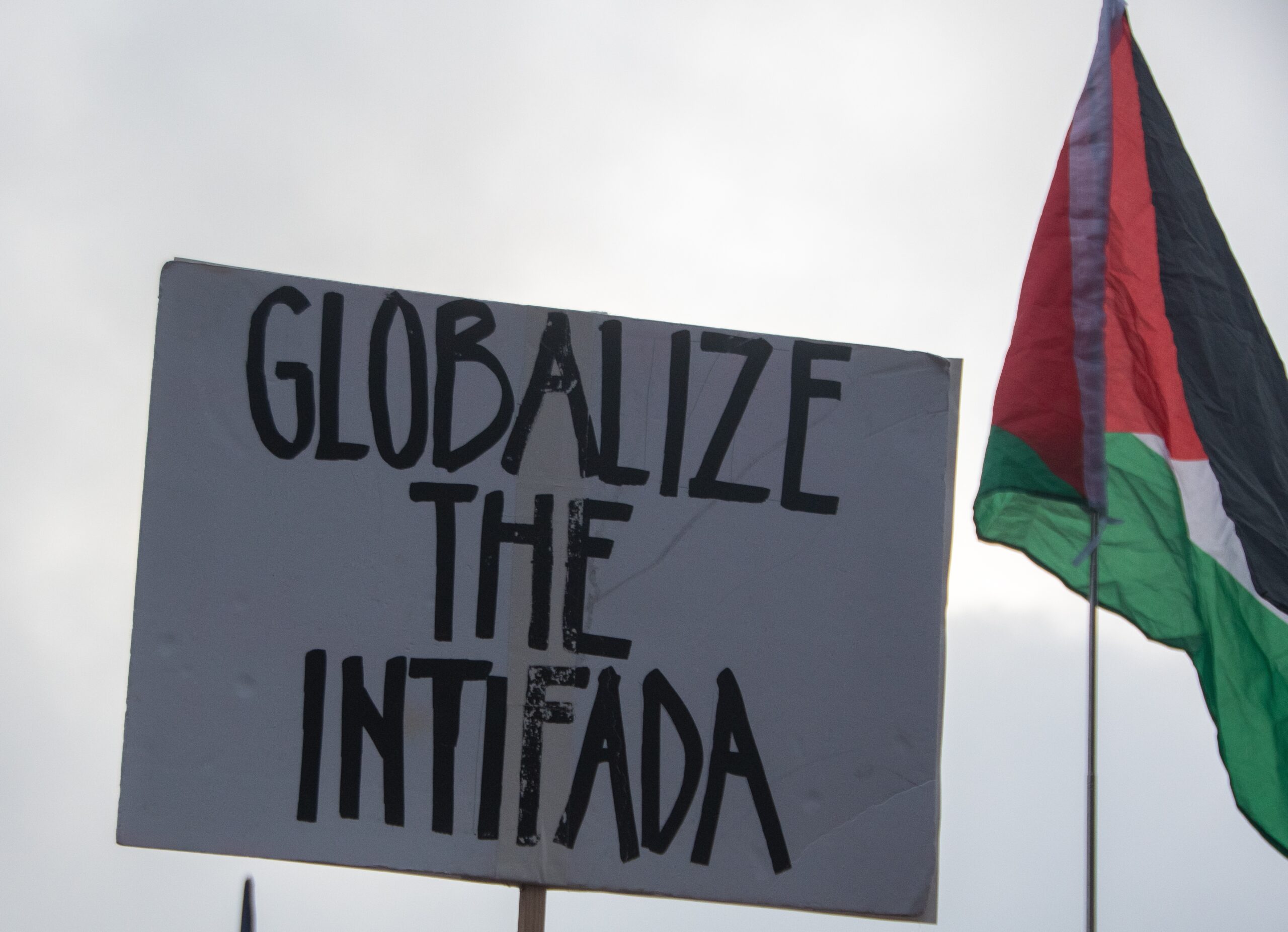Moshe Phillips is national chairman of Americans For A Safe Israel (www.AFSI.org), a leading pro-Israel advocacy and education organization.
What was this “Intifada” that the campus protesters keep screaming about?
According to a recent article in the New York Times Sunday Magazine, the first intifada, lasting from late 1987 to 1993, was “when Palestinians took part in boycotts and hurled rocks and Molotov cocktails at Israeli soldiers.”
Well now, that doesn’t sound so awful, does it?
After all, it wasn’t really terrorism—just some rocks and Molotov cocktails. And the targets weren’t defenseless civilians, they were Israeli soldiers, who had guns and armor. Sounds like it was some bold rebels challenging their oppressors. Just some boycotting—like the Boston Tea Party, perhaps?—with a few rocks thrown in. Nothing to be too alarmed about.
Except it wasn’t that way at all.
The wave of Palestinian Arab violence that raged from December 1987 to the autumn of 1993, the Intifada which today’s campus extremists idolize, featured constant murderous bombings, shootings, and stabbings.

Perhaps a few examples will suffice to refresh the memory of an international community that always seems to be afflicted with amnesia when Jewish victims are involved:
In 1988, Palestinian terrorists threw hand grenades inside a Haifa mall, wounding 25. Near Beersheba, Intifadists hijacked a bus full of Israeli women traveling to work and murdered three of them. They also murdered an Israeli teenager in a Jerusalem park, and hid bombs in loaves of bread in a Jerusalem supermarket; three children were injured.
In 1989, an Intifada terrorist steered an Israeli bus into a ravine, murdering 14 passengers (including U.S. citizen Rita Levine) and wounding 27 (five of them Americans). Also that year, Palestinian Arabs bombed a Tel Aviv market, injuring four, and went on a stabbing rampage in a Jerusalem shopping area, murdering two and wounding three. On Purim day in Tel Aviv, an Arab terrorist stabbed two Israelis to death with a commando knife and severely wounded a third. One of the victims was an elderly scientist who had been delivering holiday treats to the poor.
In 1990, Intifada terrorists carried out bomb attacks in a Jerusalem marketplace (one dead, nine wounded), the Tel Aviv beachfront (one dead, twenty wounded) and the Ein Gedi springs (four wounded). In Jerusalem, a Palestinian Arab terrorist stabbed three Israelis to death. Another knife-wielding terrorist murdered an Israeli and wounded three more on a Tel Aviv bus.
In 1991, Intifadists stabbed and wounded two Israelis in Jerusalem; bombed a Beersheba market, injuring two shoppers; and ambushed a bus north of Jerusalem, killing two and wounding six (five of them children). Palestinian Arab terrorist atrocities in 1992 included the murder of 15 year old Helena Rapp in Bat Yam, the kidnapping and murder of Nissim Toledano, and a stabbing rampage in Jaffa (two murdered, 19 injured).

The Intifada bloodshed continued in 1993 with stabbing attacks in Tel Aviv that left one dead and four wounded in one instance, and two dead and seven wounded in another. There was also a car bombing at the Mehola Junction that killed one person and injured 21; and the murder of 11 year old Chava Wechsberg, in an attack on an Israeli automobile near Karmei Tzur.
And those are just a few examples from each of those years.
During the first four years of the Intifada, there were some 600 bombing or shooting attacks on Israelis, and another 100 hand grenade attacks, not to mention over 3,600 attempts to burn Israelis to death with Molotov cocktails. Altogether, 27 Israelis were murdered, and over 3,000 wounded, during that period. Twenty-five more were murdered in 1992, and 65 more in 1993.
Far from being a spontaneous uprising—as Palestinian advocates portray it—the Intifada was carefully orchestrated. A PLO department called the Unified Leadership of the Intifada issued daily instructions on how much violence should be used, and against whom.
So the question is: Why do the New York Times and other media outlets never explain what took place during this Intifada that the campus radicals are so loudly applauding? Why do they deliberately downplay the extent of the Palestinian Arab violence?
The answer is that it’s all politics, of course. Major media outlets sympathize with the Palestinian Arab cause and its campus cheerleaders. Acknowledging the extent of Palestinian atrocities makes their cause look bad.
That’s why that Times Sunday Magazine article emphasized the “boycotts” and rock throwing, and omitted the bombings and shootings and hijackings. That’s also why the Washington Post and CNN never mention that the rocks can be fatal—that sixteen Israelis have been murdered by Arab rock-throwers.
That, in short, is why they rewrite the Intifada—because telling the truth about the Intifada would make readers stop and ask: Does it really make sense to give these Intifadists a sovereign state in Israel’s backyard?




